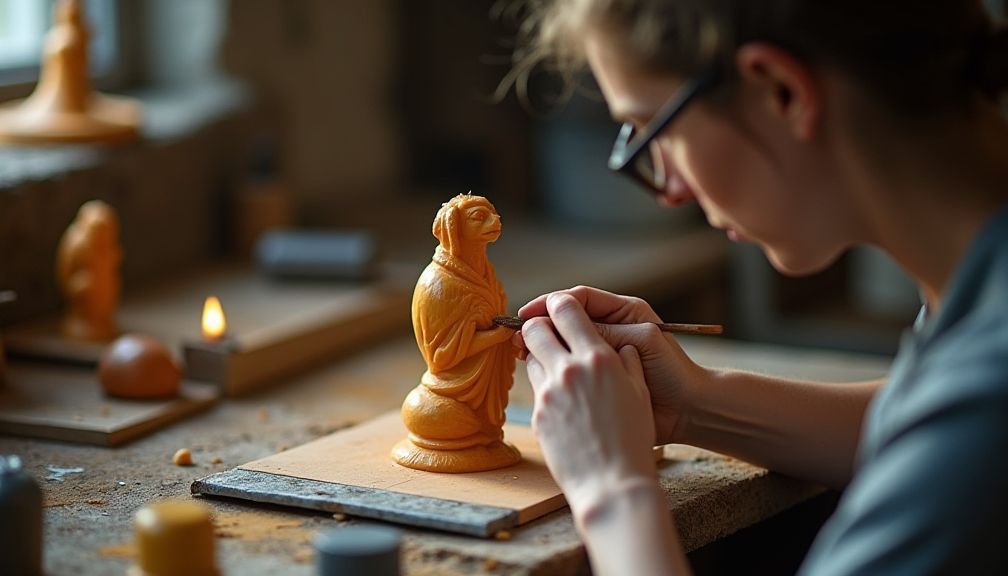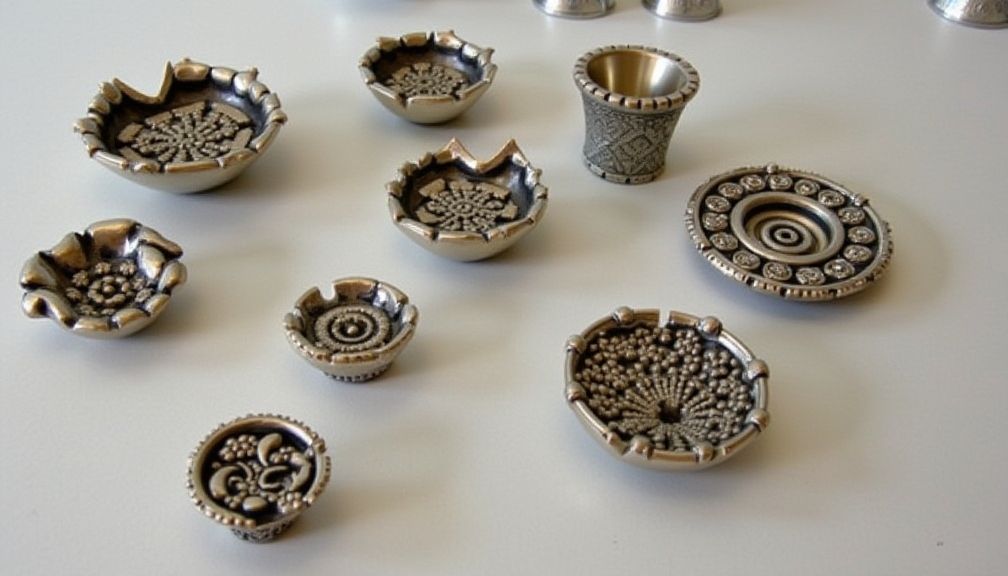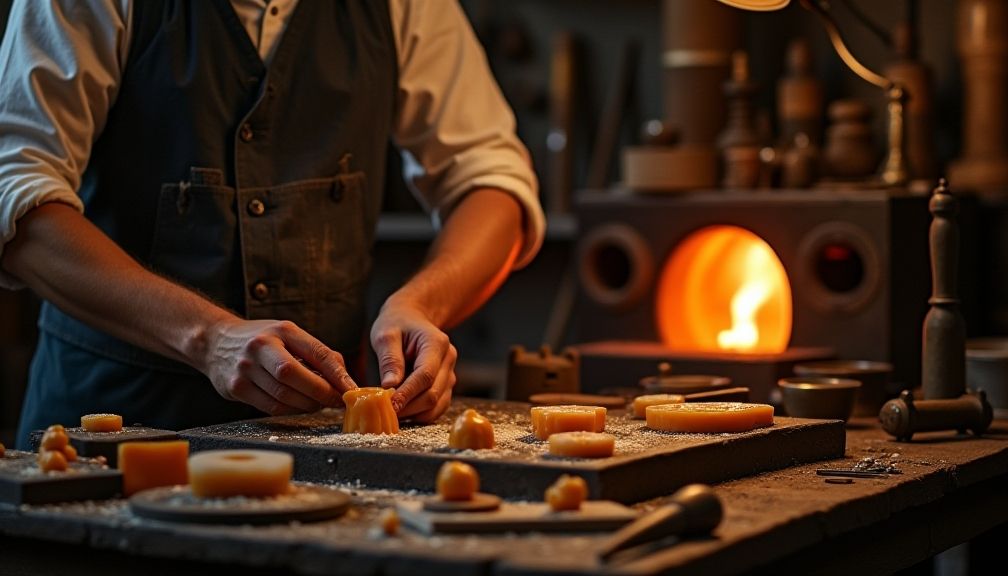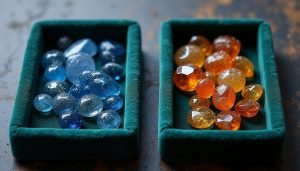In today’s world of manufacturing and production, it is easy to assume that traditional techniques have become obsolete. Modern technologies, like 3D printing and CNC machining, dominate the narrative. Yet, artisans in various fields maintain a strong allegiance to the ancient technique of lost-wax casting. This method, also known as cire perdue, has persisted through the ages for several compelling reasons that continue to resonate within the community of craftspeople. In this blog post, we will explore the historical significance of lost-wax casting, the process involved, its advantages, and why it remains a cherished art form for many artisans today.
A Brief History of Lost-Wax Casting
The origins of lost-wax casting trace back thousands of years, with the earliest known examples appearing as far back as 4000 BC in Mesopotamia. This technique was utilized by various ancient cultures, from the Egyptians creating intricate jewelry to the Greeks crafting detailed sculptures. The process allowed artisans to create incredibly detailed and complex forms that were not possible with other methods.
Throughout history, lost-wax casting has been employed in various civilizations for a myriad of purposes. It has been used in the creation of fine art, religious artifacts, and heirloom pieces. Each culture contributed to the evolution of the technique, refining tools and methods to enhance the level of detail and performance of the finished product.

The Lost-Wax Casting Process
Today, the basic process of lost-wax casting remains similar to its ancient roots, though certain aspects have evolved with modern technology. Generally, the process consists of several key steps:
- Creating the Original Model: The first step involves making a model of the object to be cast, typically from a malleable material like wax, clay, or even metal. This model is an exact replica of the desired final product.
- Creating a Mold: Once the original model is complete, a mold is created around it. Traditionally, artisans would use a heat-resistant material to encapsulate the model, forming a shell that can withstand the heat of molten metal.
- Melting the Wax: After the mold is created, the wax model is melted and drained out, leaving a hollow cavity in the shape of the original. This is where the term ‘lost-wax’ comes from, as the wax is literally lost in the process.
- Pouring the Metal: Once the mold is ready, molten metal is poured into the cavity, filling it to create the final product. Common metals for casting include bronze, silver, and gold.
- Finishing the Piece: After cooling and solidification, the mold is broken away, revealing the cast object. Artisans then refine the piece, polishing and adding any additional details.
Why Artisans Continue to Embrace Lost-Wax Casting
Despite the advancements in manufacturing technology, there are several reasons why artisans continue to embrace lost-wax casting. Let’s explore these in detail:
1. Exceptional Detail and Precision
One of the primary advantages of lost-wax casting is its ability to achieve a high level of detail and precision. The original wax models allow for intricate designs that are difficult to replicate using other methods. This is especially crucial for artists who want their work to stand out and communicate complex themes and narratives.
2. Artistic Expression
For many artisans, lost-wax casting represents more than just a process; it’s a form of artistic expression. The tactile nature of working with wax and the creative freedom to sculpt complex shapes allow artisans to infuse their individuality and artistic vision into their creations.
3. Tradition and Heritage
Lost-wax casting has a rich history that dates back millennia, and for many artisans, the technique carries a sense of heritage and tradition. By utilizing an age-old method, they connect with generations of artisans who have come before them, preserving their craft and cultural identity.
4. Unique Character of Each Piece
Each piece produced through lost-wax casting is inherently unique. Slight variations may occur from one casting to the next, which contributes to a piece’s individuality. Artisans and collectors alike cherish this uniqueness, valuing the artistry and craftsmanship involved.
5. Versatility Across Mediums
Lost-wax casting is not limited to metal alone. Artisans have adapted the technique to work with a range of materials, from plastics to glass. This versatility means that artists can create a wide variety of work, whether it’s sculptures, jewelry, or functional items.
6. Sustainable Practices
In an era where sustainability is increasingly important, lost-wax casting offers eco-friendly advantages. Artisans can work with recycled metals, reducing waste and minimizing their environmental footprint. Furthermore, the longevity of handmade pieces ensures that they can be cherished for generations, countering fast fashion and mass production trends.
7. Community and Collaboration
The lost-wax casting community is a vibrant and collaborative space where artisans share techniques, exchange ideas, and learn from one another. Workshops and craft fairs celebrating this ancient technique foster camaraderie and innovation, as artisans inspire each other while preserving their craft.
Further Reading:
Applications of Lost-Wax Casting Today
Lost-wax casting remains prevalent in various industries today, demonstrating its adaptability and ongoing relevance. Here are some notable applications:
Fine Art
Contemporary artists regularly use lost-wax casting for sculptures and artistic installations. The high level of detail allows them to convey their artistic vision effectively.
Jewelry Making
Jewelry designers often turn to lost-wax casting for creating unique and intricate pieces. This method enables the production of detailed rings, pendants, and bracelets that showcase impeccable artistry.
Industrial Applications
While lost-wax casting is often associated with art and jewelry, it’s essential in various industrial sectors, including aerospace and automotive industries, where precision engineered components are required.
Religious and Cultural Artifacts
Many cultures still create religious and ceremonial items using lost-wax casting, as it allows for detailed representations of sacred symbols and figures.
Challenges Faced by Artisans
Despite its many advantages, artisans using lost-wax casting do face challenges. Limited access to materials, extended production times, and the learning curve for mastering the craft can deter some newcomers. As technology advances, there may also be pressure to adopt quicker, more efficient methods, which may tempt artisans away from traditional techniques.

Conclusion
Lost-wax casting continues to thrive in an age marked by technological innovation. Artisans bury their hands in this time-honored practice because it offers unmatched detail, unique character, and an enduring connection to artistic tradition. By embracing lost-wax casting, artisans not only preserve a rich historical legacy but continue to explore its depths in a modern context, proving that sometimes, the old ways still hold the key to creativity and craftsmanship.
Photo Prompts
First Photo Prompt: Capture the intricate process of a craftsperson shaping a wax model for lost-wax casting, focusing on the precision of their tools and the detail in the design.
Second Photo Prompt: Showcase multiple finished pieces created through lost-wax casting, emphasizing the uniqueness and detailing of each piece, arranged artistically to show diversity in design.








